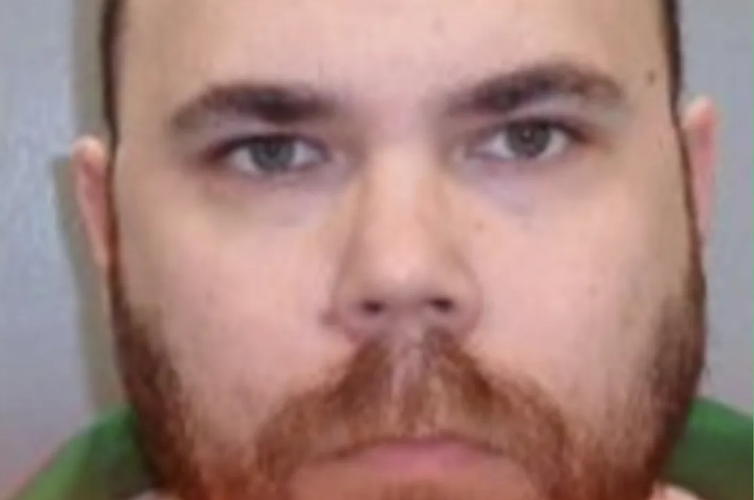Stephen Bryant, a 44-year-old man convicted in a tragic case that claimed three lives, became the third person in the United States this year to experience a long-dormant state procedure recently brought back into use after a fifteen-year pause. On November 14, authorities in South Carolina carried out the rarely employed method that Bryant himself selected over the other options presented to him after serving twenty-one years in custody. He had originally been held accountable for the deaths that occurred during a series of events in 2004. Witnesses and officials present at the time noted that Bryant chose to remain silent and offered no final statement before the process concluded.
Reports from reliable sources, including The Independent, revealed that Bryant’s last meal consisted of a generous portion of seafood stir fry accompanied by a rich slice of chocolate cake. Throughout the years leading up to the events of 2004, Bryant had been on probation and became connected to multiple fatal incidents involving several people. Official court documents detail how he entered one victim’s residence and left behind a handwritten note at the scene. Separate records also highlight the existence of another individual who managed to survive an encounter with him during that difficult period. The South Carolina Department of Corrections confirmed that the entire procedure reached its official completion at 6:05 p.m. local time.
According to statements from his attorney, Bo King, Bryant carried the burden of a diagnosed genetic disorder alongside a childhood marked by significant family challenges. His mother’s struggles with alcohol during pregnancy left lasting developmental effects that shaped his emotional landscape for the rest of his life. These circumstances, combined with ongoing hardship, painted a complex picture of the man who ultimately faced this final chapter.
For context, the method in question had remained unused anywhere in the nation since 2010, making its return in 2025 a noteworthy development in criminal justice practices. South Carolina emerged as the state willing to reinstate the procedure, doing so with careful attention to existing protocols.
Earlier in the year, in March, Brad Sigmon stepped forward as the first person in fifteen years to select this particular approach over the alternatives available to him. Observers present during that event remarked that the process appeared to unfold more swiftly than many had remembered from earlier decades. One month later, Mikal Mahdi followed as the second individual to undergo the same method in 2025. His legal team later raised questions about certain aspects of the medical documentation, yet the South Carolina Department of Corrections responded clearly and firmly, stating that every step adhered fully to established guidelines and that no irregularities occurred.
With Stephen Bryant’s case, the state reached its third application of the procedure within a single calendar year—an unusually active period for a method that had lain dormant for so long. Each instance drew quiet attention from legal professionals, policymakers, and members of the public interested in the evolving landscape of capital punishment protocols across the country.
The reinstatement of this option reflects broader discussions about choice, dignity, and the administration of justice in serious cases. While the events remain somber and deeply affecting for the families involved, they also serve as a reminder of the intricate balance between accountability, humanity, and the legal frameworks that govern society’s most difficult decisions.
In the end, Stephen Bryant’s name now joins a small and rarely expanded list of individuals who, after years of appeals and reflection, faced the final consequence of their actions through a method they themselves selected from the limited choices before them. The date of November 14, 2025, marks another chapter in an ongoing national conversation about how the justice system handles its most irreversible responsibilities.




